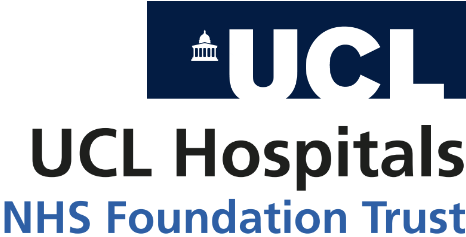In the early stages of the pandemic, it was thought that antibodies produced post-infection with severe acute respiratory syndrome coronavirus 2 (SARS-CoV-2) provide a certain degree of protection against reinfection for at least six months.
COVID-19 vaccines only stimulate anti-S antibodies. Measurement of both anti-S and anti-N antibodies is required to distinguish antibodies derived from natural infection and vaccination.
This study investigated anti-S and anti-N trends in individuals with antibody results from 1 to 540 days since PCR confirmed infection. Researchers observed that approximately 4 out of 5 individuals were seropositive for anti-N at any point between 0 to 269 days after testing positive for COVID-19. 35-49-year-olds showed higher odds of a positive anti-N result than individuals aged 18 and 34 years.
Scientists stated that antibody positivity could be influenced by the viral load during infection. The data presented here are from a community cohort study, which means that the symptom profiles could be less severe among the participants when contrasted with hospital-based longitudinal studies.
Individuals aged 18-49 years had an earlier peak and antibody waning. Anti-N positivity was observed longer in older people who had significantly more comorbidities and, therefore, had a higher likelihood of experiencing the severe disease.
The proportion of seropositive anti-N samples was 42.6% between days 0-29. This increased to 80% from day 30 onwards. These numbers are lower than other studies that considered hospitalized patients for the study. The difference in anti-N as observed in the data was disaggregated by sex, with earlier peak and waning in females. A meta-analysis showed that men were 2.41 times more at risk of developing severe disease than women.
Scientists concluded that seroprevalence studies on anti-N alone may underestimate the true cumulative incidence of infection. They showed a decline in anti-N levels from 120 days onwards and, therefore, provided new insights into the limitations of seroprevalence studies. As the duration of anti-N positivity is influenced by age and sex, serosurveillance might require shorter time windows of testing post-SARS-CoV-2 infection.
This work has been reported on here:
For a link to the full article please see:
https://www.ijidonline.com/article/S1201-9712(22)00449-0/fulltext
